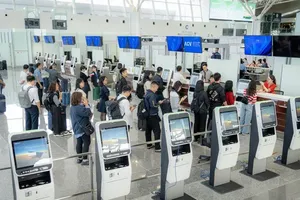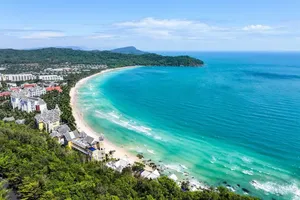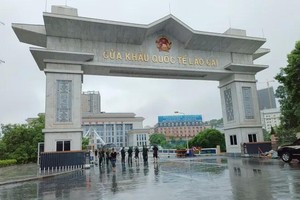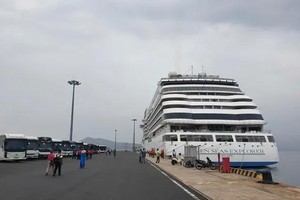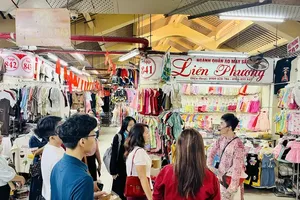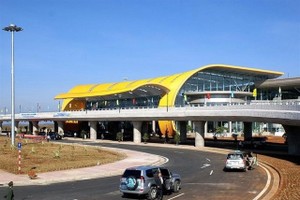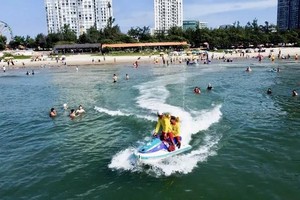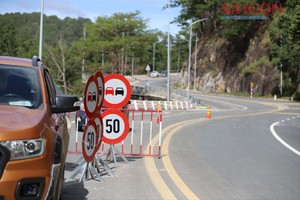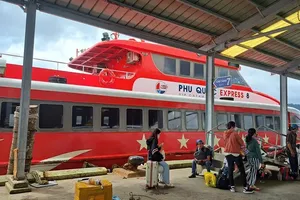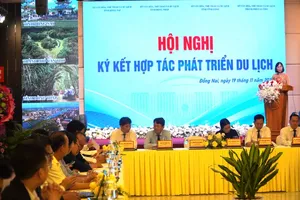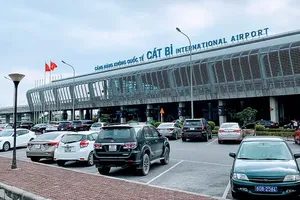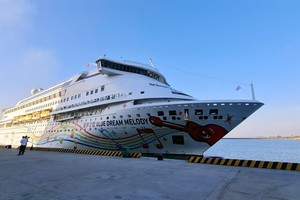Of which, the Ho Chi Minh City–Hanoi route has recorded the steepest increases, particularly between August 28 and September 2. On peak travel days, August 28 and August 29, round-trip tickets during prime hours have climbed to more than VND7.6 million (US$298), meanwhile early-morning and late-night flights cost around VND4.5 million (US$177).
Other popular tourist destinations have also seen surges. A return ticket from Hanoi to Nha Trang is now priced from about VND6 million (US$236) to VND7.5 million (US$295) while the Hanoi–Da Nang airfares range between VND3.5 million (US$138) and VND5.2 million (US$205). Besides, the Hanoi–Phu Quoc tickets cost between VND5.4 million (US$213) and VND8 million (US$315) a return ticket.
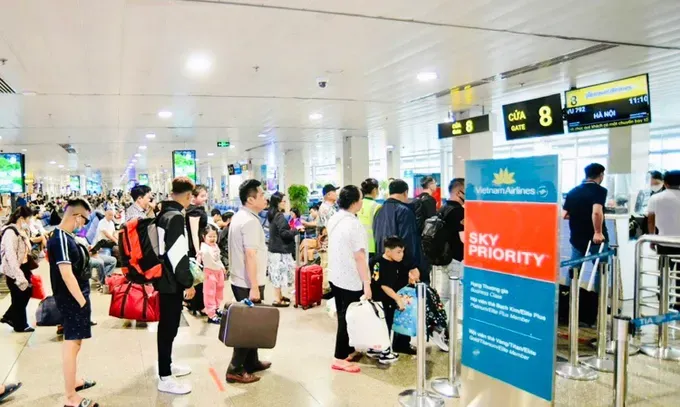
The Civil Aviation Authority of Vietnam (CAAV) has required airlines to keep fares within regulated price caps, tighten supervision of ticket agents, and add flights on high-demand routes, particularly those to and from Hanoi. Airlines have also been urged to minimize delays and cancellations.
Meanwhile, Hanoi Bus Station Joint Stock Company has unveiled its holiday transport plan. Passenger traffic is expected to surge from August 28 to August 30, peaking on September 1 and 2, before gradually declining on September 3 and 4.
At Giap Bat Bus Station, outbound traffic could reach 20,000 passengers per day during peak periods, with 10,000 returning passengers, a 350 percent rise compared with ordinary days.
Gia Lam Bus Station anticipates around 5,000 outbound passengers per day, an increase of 250 percent, while My Dinh Bus Station is preparing for as many as 22,000 outbound and 12,000 inbound passengers per day, with over 950 buses being more than triple the usual volume.
To meet demand, the company plans to deploy an additional 1,000 coaches, distributed by route and travel date. It has also requested Hanoi’s Department of Construction to issue 700 temporary permits for extra vehicles, valid from August 28 to September 5.
